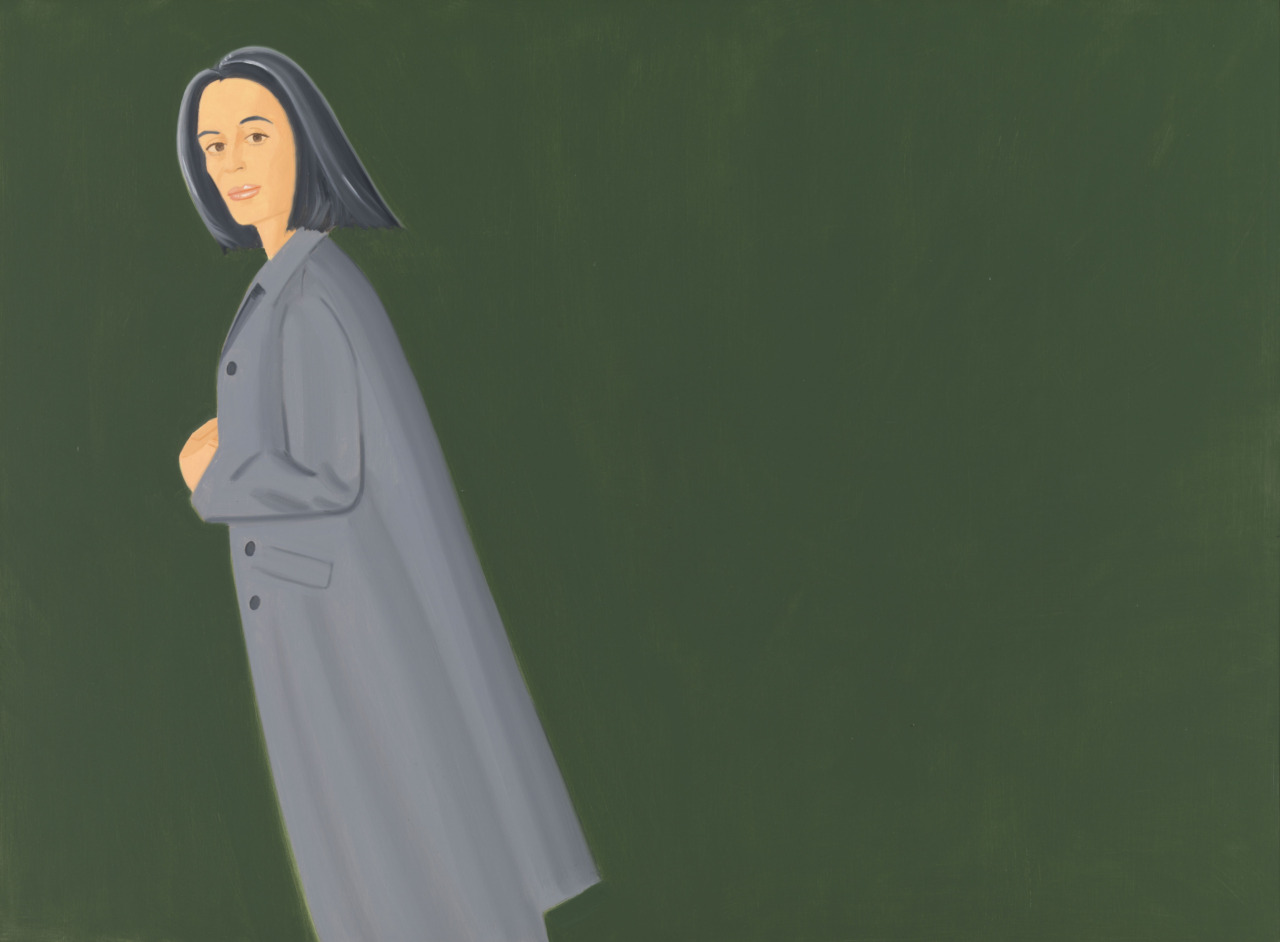Fatima
Information about the artwork
- Year2013
- MaterialLaser sintered PA plastic, polyurethane, Soft-Touch and brass finish, PVC foil, acrylic glass
- On viewCurrently not exhibited
More about the artwork
The group of sculptures by the artist Aleksandra Domanović, who was born in Novi Sad in the former Yugoslavia and now lives in Berlin, revolves around the Belgrade Hand, the world’s first bionic hand prosthesis equipped with five fingers and a sense of touch. Yugoslav engineer Rajko Tomović invented it in 1963 for soldiers who had lost their hands in World War II, and it was soon seen as an important landmark in the development of robotics. For her sculptures, Domanović recreated the shape of the Belgrade Hand using software, had it 3-D printed in polyamide and polyurethane plastic, and coated with brass, aluminum, and a soft-touch surface. The finger positions of “Fatima,” “Mayura Mudra,” and “Little Sister” reference symbolic gestures from different cultural traditions and times. Similarly, the works are ciphers for Domanović’s exploration of the significant but mostly overlooked role women have played in technological developments. The timeline accompanying the sculptures reflects this history of technology and its gender-specific disparities.
for kids (and anyone else who is curious!)
Three sculptures, three hands, many gestures: Try to trace each one with your own hand. Think about what the gesture means to you personally. What feeling is underlined by the color of each hand? Why did the artist choose these particular variations? The golden hand may make you think of shadow plays, the dark gray hand seems to greet and say “stop” at the same time and bless someone/something. The silver one holds a finger protectively over a little bird.
The three sculptures by Serbian artist Aleksandra Domanović also have something to do with the so-called “Belgrade Hand”, the world's first prosthetic hand equipped with five fingers and a sense of touch. Yugoslav engineer Rajko Tomović invented it in 1963 for soldiers who had lost their hands in World War II. This prototype was very important for further developments in robotics. For her sculptures, the artist recreated the shape of the “Belgrade Hand” in software. They were 3D-printed from plastics and coated with brass, aluminum and a soft-touch surface. The finger positions of “Fatima”, “Mayura Mudra” and “Little Sister” all refer to symbolic gestures from different cultural traditions and times.
This way to the Factory







